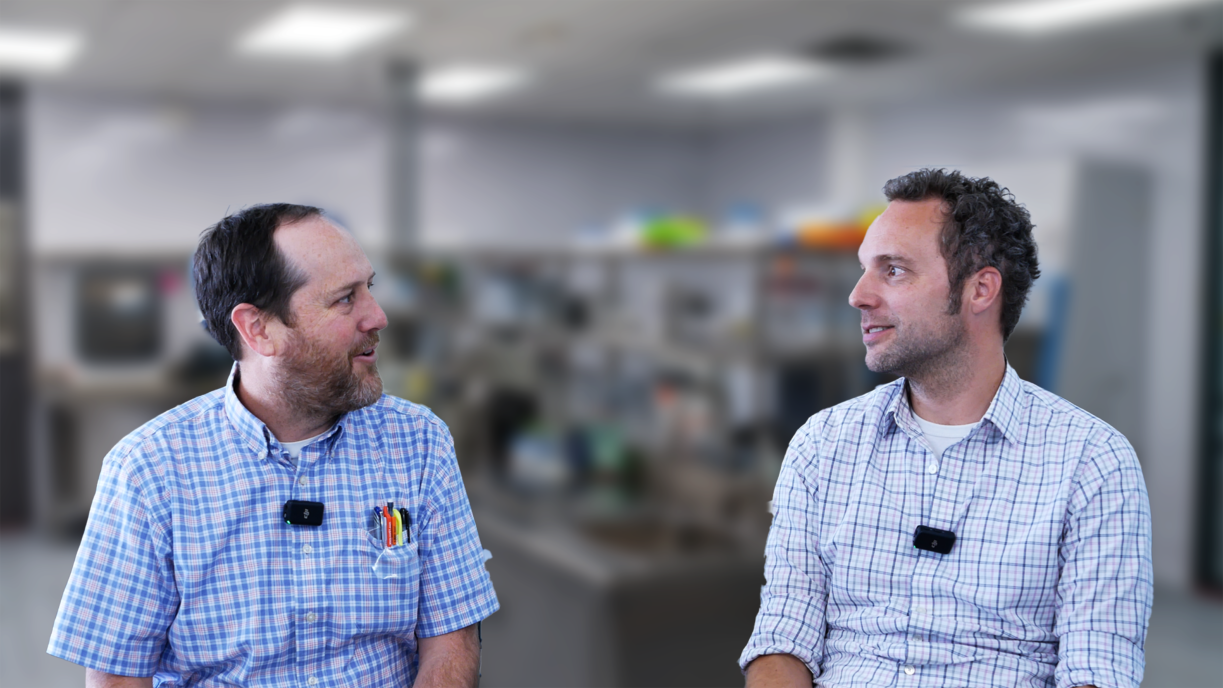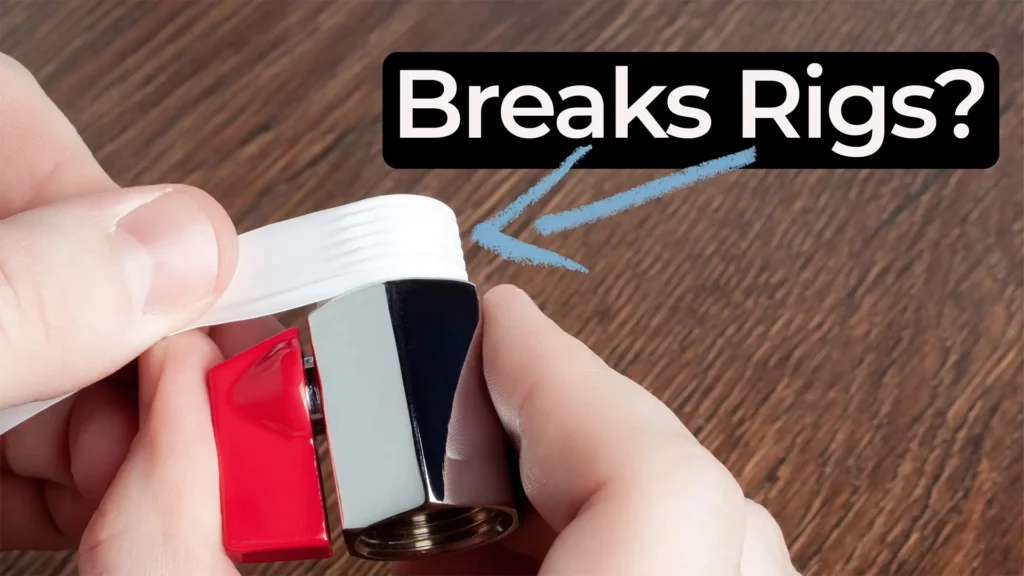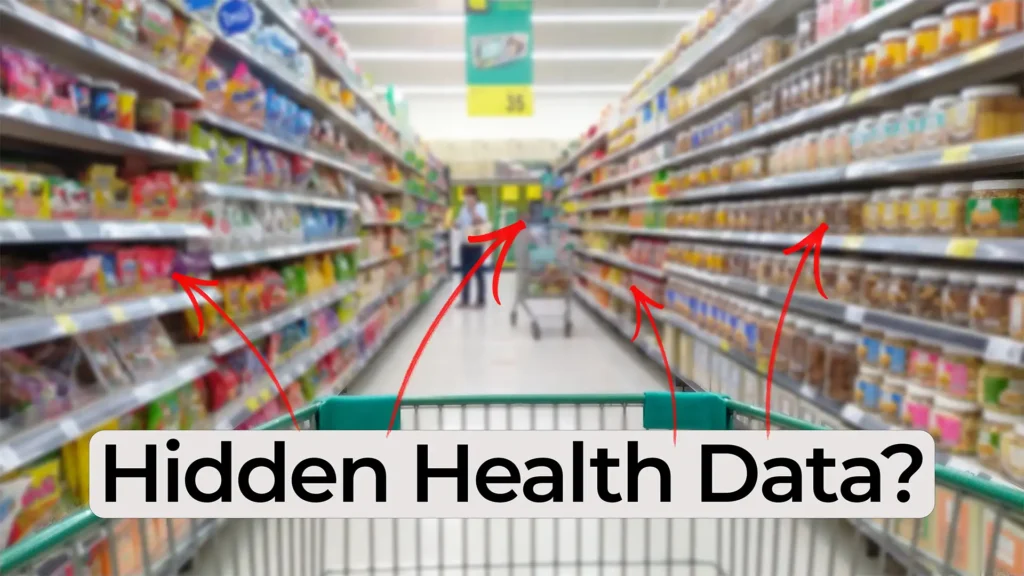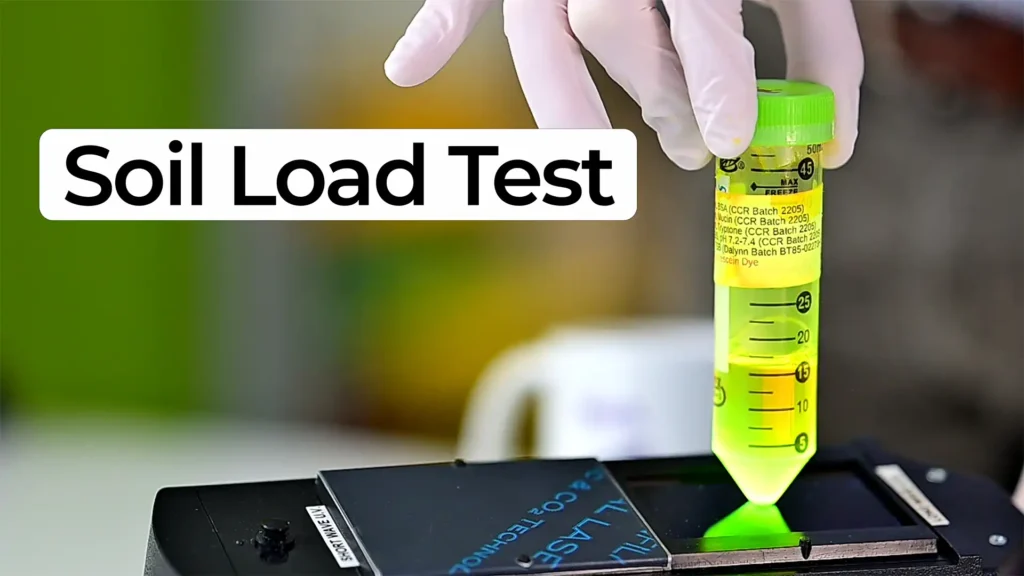
Bio Break: From Concept to Clinical
In this episode of Bio Break, Nick Allan and Joris van der Heijden revisit one of StarFish Medical’s most successful Pathfinder journeys, showcasing how a bold research concept evolved into a fully realized clinical diagnostic device.
The story begins over a decade ago when a client approached StarFish Medical with a breakthrough breath diagnostic concept. Their research had identified a unique analyte detectable in breath samples that promised a much clearer and faster diagnosis than existing tests. But the concept was still in its infancy and needed structured guidance, funding, and technical grounding to become a real medical device.
This is where the Pathfinder Program came in. The client engaged StarFish Medical to map out the best route to commercialization. The team produced a 200-page Pathfinder report packed with competitive analysis, target product profile development, reimbursement strategy, and detailed intellectual property evaluations. The industrial design team contributed stunning photorealistic renders, which became key assets in investor presentations and helped secure critical early funding.
With a clear path defined, StarFish Medical moved forward with iterative prototyping. Initial functional mock-ups helped evaluate sensors and control systems, leading to a clinical-ready prototype used in preliminary trials. The device performed beautifully, validating the original hypothesis and paving the way for final development stages.
Years later, that device is now in market, delivering accurate diagnoses and changing patients’ lives. In fact, during a MedTech conference, a user of the device approached the StarFish Medical team to share how it had transformed their health and lifestyle.
This new Bio Break episode is a powerful example of how Pathfinder engagements at StarFish Medical accelerate medical device innovation. It’s about more than a report—it’s about unlocking ideas, de-risking decisions, and setting a strong foundation for MedTech success.
Related Resources

Nick walks through a practical Teflon tape lesson that came from real work supporting a mechanical test rig.

Consumer health prediction shapes more of daily life than most people realize. In this episode of Bio Break, Nick and Nigel explore how retail data can reveal health information without a person ever speaking to a clinician.

When reviewing evidence for a medical device, a single citation can shape an entire submission. In this Bio Break episode, Nick shares a biofilm referencing lesson that has stayed with him since the early 2000s.

Nick Allan and Nigel Syrotuck explain how a fluorescent protein assay helps engineers measure contamination and cleaning performance in medical devices.
